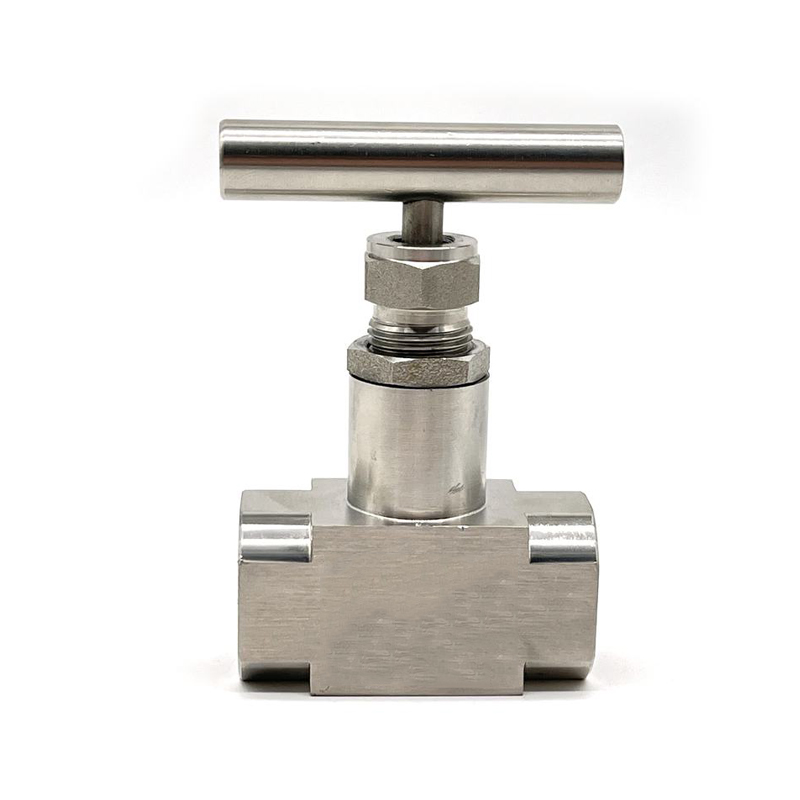When the opening of the Needle Valve is above 10%, the axial force of the Needle Valve, that is, the operating torque of the Needle Valve does not change much. When the opening of the Needle Valve is less than 10%, the pressure difference between the front and rear of the Needle Valve increases due to the throttling of the fluid. This pressure difference acts on the gate plate, so that the Valve Stem requires a larger axial force to drive the gate plate, so within this range, the operating torque of the Needle Valve changes relatively large. The operating torque required for a Needle Valve with an elastic gate is larger than that with a rigid gate when it is close to closing.

When the gate is closed, different situations will occur due to the different sealing methods of the sealing surface. For automatic sealing Needle Valve (including flat Needle Valve), when the valve is closed, the sealing surface of the gate plate is exactly aligned with the sealing surface of the valve seat, which is the fully open position of the Needle Valve. However, this position cannot be monitored under the operating conditions of the Needle Valve. Therefore, in actual use, the position where the Needle Valve is closed to the end is regarded as the fully closed position of the Needle Valve. It can be seen that the fully closed position of the automatic sealing Needle Valve is determined by the position of the gate (i.e. stroke). For forced-sealing Needle Valve, the gate must exert pressure on the valve seat when closing.
This pressure can ensure that the sealing surface between the gate plate and the valve seat is strictly sealed, and is the sealing force of the forced sealing Needle Valve. This sealing force will continue to work due to the self-locking of the valve stem nut. Obviously, in order to provide sealing force to the gate, the torque transmitted by the valve stem nut is greater than the torque during valve operation. It can be seen that for the forced sealing Needle Valve, the fully closed position is determined according to the torque exerted on the valve stem nut.
After the Needle Valve is closed, due to changes in the medium or ambient temperature, the thermal expansion of the Needle Valve components will increase the pressure between the gate plate and the valve seat, which will be reflected on the valve stem nut, making it difficult to open the Needle Valve again. Therefore, the torque required to open the Needle Valve is greater than the torque required to close the Needle Valve. In addition, for a pair of contacting sealing surfaces, the static friction coefficient between them is also larger than the kinetic friction coefficient. To make them move from a static state When relative motion occurs, a larger force needs to be applied to overcome the static friction; due to temperature changes, the pressure between the sealing surfaces increases, and the static friction that needs to be overcome also increases, so that when the Needle Valve is opened, the force on the valve stem nut is The applied torque sometimes increases significantly.



